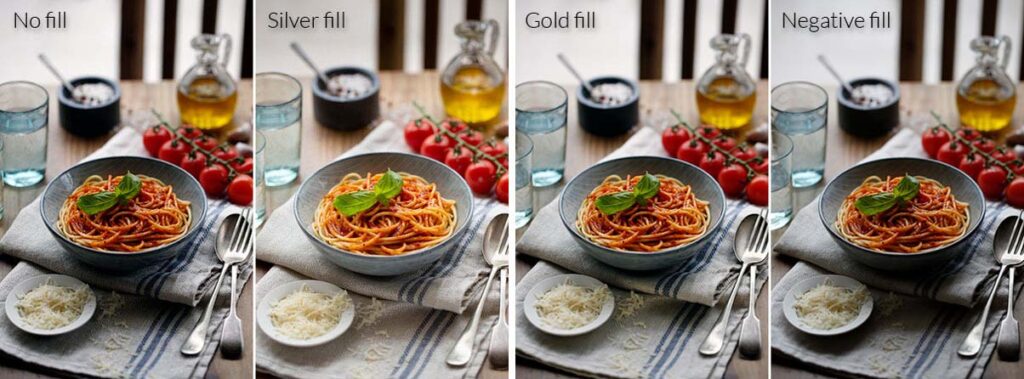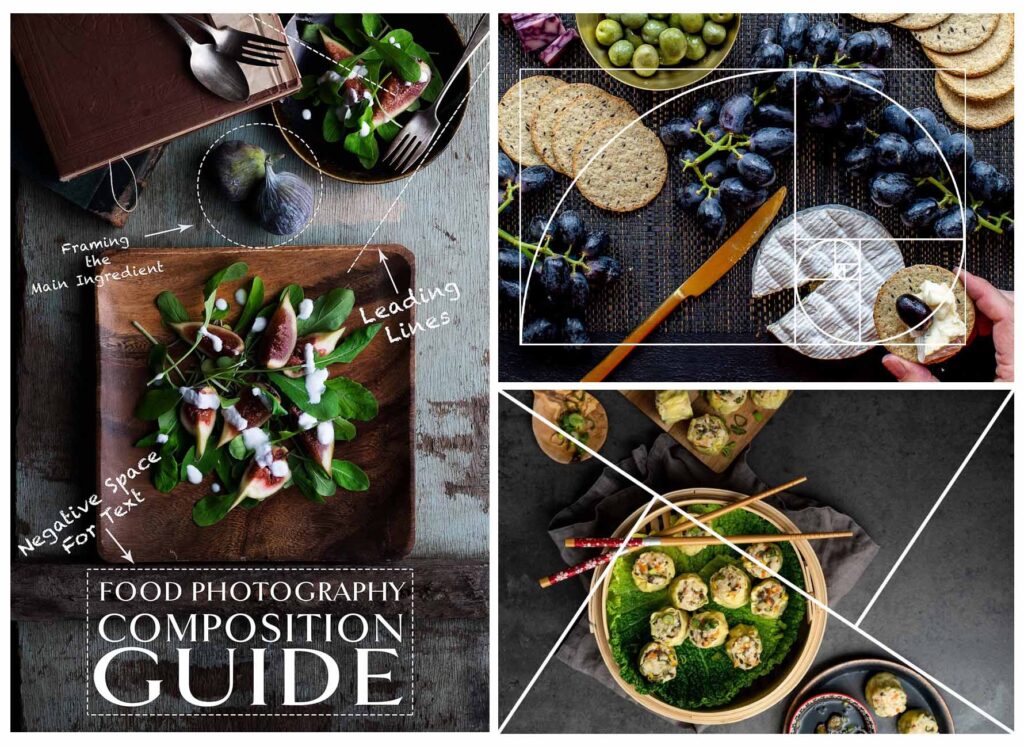In an age dominated by visual content, the importance of high-quality food photography cannot be overstated. For restaurants and bar owners, understanding and implementing effective food photography techniques can make all the difference in attracting customers, enhancing their brand image, and increasing profitability. This article delves into why it is necessary to grasp these techniques, what establishments can gain from doing so, how they should go about implementing them, and the potential consequences of neglecting this aspect of their business.
Why is Understanding Food Photography Techniques Crucial for any F&b business?
1. First Impressions Matter: The old adage, "You eat with your eyes first," holds true in the world of food. When potential patrons browse through your restaurant's menu or social media pages, the quality of your food photography is often the first impression they get. High-quality images can whet their appetites and compel them to visit, while poor visuals can drive them away.
2. Social Media Dominance: In the age of Instagram, Facebook, and other social media/online platforms, sharing visually appealing food pictures has become a hobby for many and a marketing strategy for restaurants. Understanding food photography techniques allows restaurants and bars to leverage this trend, enticing customers to post pictures of their dishes and promote their establishments organically.
3. Competition is Fierce: The restaurant and bar industry is highly competitive. With countless dining options available, establishments need a compelling way to stand out. Exceptional food photography can help create a unique and memorable identity, setting you apart from the competition.
How it benefits f&b business owners?
1. Increased Customer Engagement: Restaurants and bars that invest in food photography techniques tend to experience higher levels of customer engagement. People are more likely to like, share, and comment on visually appealing food images on social media platforms, increasing your brand's visibility and reach.
2. Improved Brand Image: Professional-looking food photography conveys a sense of quality and attention to detail. When customers see beautifully presented dishes, they are more likely to associate your restaurant or bar with excellence, making them more willing to pay a premium for your offerings.
3. Boosted Sales: Studies have shown that well-executed food photography can lead to increased sales. Appetizing images can trigger cravings and inspire customers to try new dishes or revisit your establishment more frequently.
4. Better Online Reviews: Positive online reviews are invaluable in today's digital landscape. Stunning food photography not only entices customers but also influences their perception of your food's taste. This can lead to more favorable reviews and ratings, further building your restaurant's reputation.
5. Attracting Influencers and Collaborations: Many social media influencers, bloggers, and food critics rely on captivating food photography for their content. By mastering these techniques, you make your establishment more appealing to these influencers, potentially leading to collaborations and valuable exposure.
A Guide to Implementing Pro Food Photography Techniques
1. Invest in Equipment: While professional cameras are ideal, even smartphones with high-quality cameras can produce excellent results. Invest in a tripod, good lighting, and basic photography accessories like reflectors to improve your setup.
2. Master Lighting: Lighting is arguably the most critical aspect of food photography. Learn to work with natural light, experiment with artificial lighting, and understand how different lighting conditions can affect the appearance of your dishes.
3. Composition is Key: Understand the principles of composition, such as the rule of thirds, leading lines, and framing. Apply these techniques to create visually appealing food arrangements.
4. Editing Skills: Post-processing is an essential part of modern food photography. Familiarize yourself with photo editing software to enhance colors, contrast, and overall image quality.
5. Consistency: Maintain a consistent style and aesthetic across all your food photography. This helps in building a recognizable brand image.
Consequences of Not Implementing Food Photography Techniques
1. Loss of Customers: Poor-quality food photography can drive potential customers away. If your dishes don't look appealing in photos, people are less likely to dine at your restaurant or bar.
2. Missed Marketing Opportunities: Without engaging in food photography, you miss out on leveraging social media and digital marketing effectively. You won't tap into the potential of user-generated content and word-of-mouth marketing through images.
3. Stagnation or Decline in Sales: Failing to adapt to the visual expectations of modern consumers can lead to stagnation or even a decline in sales as competitors who do invest in food photography techniques gain an edge.
4. Damaged Reputation: Poor-quality images can harm your brand's reputation. Customers may perceive your food as unappetizing, even if it tastes delicious, based solely on visual cues.
5. Inability to Attract Influencers: Influencers and bloggers often prioritize establishments that provide high-quality, photogenic content. Neglecting food photography may make your restaurant less attractive to potential collaborators.
In conclusion, understanding and implementing food photography techniques is not merely an option for restaurants and bars; it is a necessity in today's competitive culinary landscape. By doing so, establishments can gain increased customer engagement, improved brand image, higher sales, better online reviews, and the potential for collaborations with influencers. However, neglecting these techniques can lead to a loss of customers, missed marketing opportunities, sales decline, reputation damage, and the inability to attract influencers. In a visual world, mastering the art of food photography is a game-changer that can revolutionize your restaurant's image and success.






